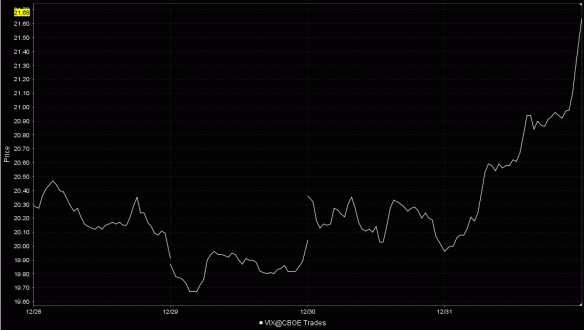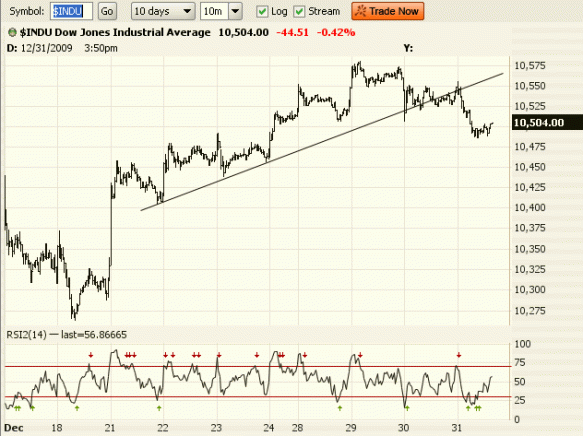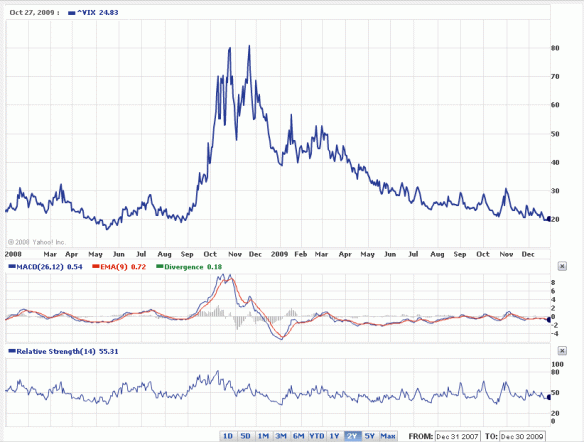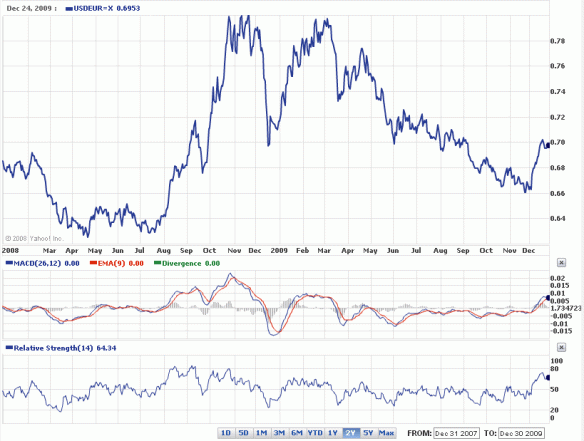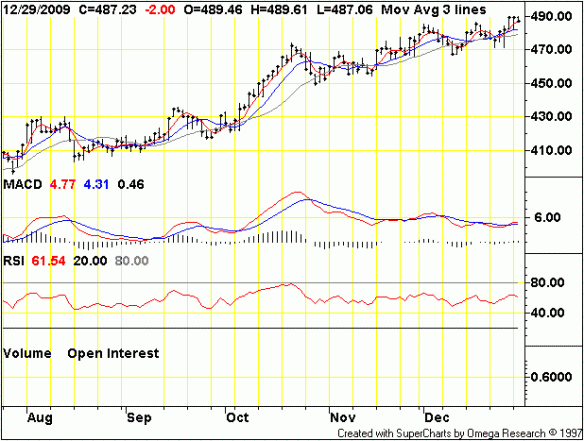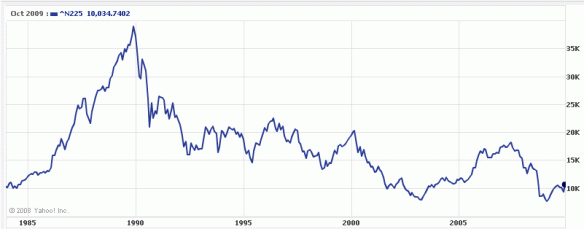Kevin Duffy and Bill Laggner are acquaintances of mine who run the Bearing Fund, which returned high double digits for its investors in 2008. Their moral and economic philosophy is grounded in the Austrian understanding of the credit cycle and the parasitic role that government plays in today’s economy. I highly recommend an interview with them in this week’s Barrons (subscription only). Here are some excerpts:
Duffy: Any healthy system needs a way to correct error and remove waste. Nature has extinction, the economy has loss, bankruptcy, liquidation. Interfering in this process lengthens feedback loops. Error and waste are allowed to accumulate, and you ultimately get a massive collapse.
Capitalism is primarily attacked by two groups: utopians who wish to impose a more “compassionate” system, and political capitalists who want to enjoy the fruits of success without bearing the pain of failure. They use the coercion of the state to gain privileges, at the expense of everyone else.
As a country we’ve become less tolerant of economic failure. The result has been a series of interventions, such as meddling in the credit markets, promoting homeownership and creating a variety of safety nets for investors. Each crisis leads to an even greater crisis. The solution is always greater doses of intervention. So the system becomes increasingly unstable. The interventionists never see the bust coming, then blame it on “capitalism.” …
Laggner: AIG made sure its creditors received 100 cents on the dollar. Essentially you have the socialization of risk, but the survivors are still highly leveraged. There is still a multi-trillion dollar shadow banking system that FASB [the Financial Accounting Standards Board] wants to address next year. The central planners have already spent $3.15 trillion on various bailouts, credit backstops, guarantees, etc., and given approximately $17.5 trillion of government commitments, etc., while allowing many of these institutions to remain in place, with the same people running them…
Barron’s: What kind of financial reform would you like to see?
Laggner: We don’t believe in a central bank. The idea that banks can speculate with essentially free money from the [Federal Reserve], which ultimately is the taxpayer, and that when they lose money the Fed bails them out and then passes that invoice to the taxpayer — that whole model is broken and needs to go away.
Duffy: To get to the heart of the problem, we need to address fractional-reserve banking, which is causing the instability. We have essentially socialized deposit insurance and prevented the bank run, which used to impose discipline on this unstable system. At least it had some check on those who were acting most recklessly. Until we address the root of the problem, we are going to have a series of crises, greater responses and intervention, and more bubbles — and the system will keep perpetuating itself.
-
The whole system is broken and needs to go away. We can only hope that this depression fosters that end, though the actors that control the guns (i.e. government) will use all of their wiles to hold onto their racket.
Yes, the 1700s and 1800s had their booms and busts, but the 200 years leading up to the first world war saw the greatest improvement in living standards that the world has ever seen. The industrial revolution and development of modern communications, medicine and transportation happened on the gold standard, with non-existent or non-interventionist central banks and governments that allowed busts to clear away mal-investments and bad debts so that the market could guide capital and labor into productive hands.
Nobody back then believed that consumption and “stimulous” could generate anything but debt and waste. Since the ruinous economic policies of the 20th century took hold, we have been squandering our wealth and merely coasting on technological improvements, which government only impedes in a thousand ways.


